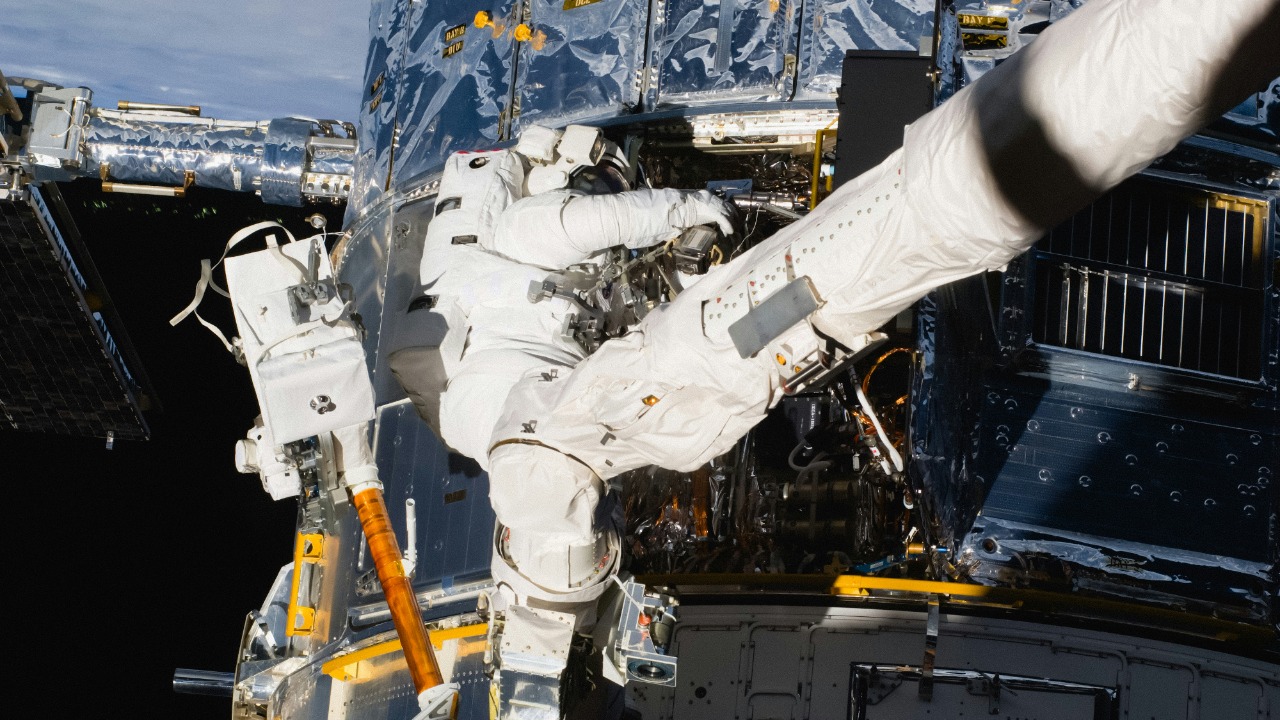
Today, a startup has unveiled an innovative solution to a growing problem in space exploration: orbital debris. The company’s “Space Armor” is designed to shield astronauts from the increasing threat of space junk, a significant portion of which is attributed to Elon Musk’s satellite constellations. This development underscores the urgent need for protective technologies in an orbit that is becoming increasingly cluttered.
The Rising Threat of Orbital Debris
Space debris, including defunct satellites and fragments, has been growing exponentially and now numbers in the tens of thousands. These objects pose a significant collision risk to spacecraft, making space travel increasingly hazardous. A significant contributor to this problem is Elon Musk’s SpaceX, which has launched thousands of satellites, particularly through its Starlink project, adding significantly to the population of orbital trash.
Real-world incidents, such as near-misses with the International Space Station, underscore the immediate dangers to astronauts. The threat is not hypothetical; it is a pressing issue that requires immediate attention and innovative solutions like the “Space Armor”.
Introducing the Startup’s “Space Armor”
The startup’s “Space Armor,” revealed on October 19, 2025, is a lightweight, deployable shielding system engineered for astronaut protection during extravehicular activities. The armor is designed with a multi-layer composition that absorbs and deflects high-velocity debris impacts, providing a critical layer of protection for astronauts in space.
According to the startup’s announcement, the “Space Armor” is a significant step forward in mitigating risks from “Elon Musk’s Orbital Trash.” The company emphasizes that the armor is not just a theoretical solution, but a practical and necessary tool for the future of space exploration.
How “Space Armor” Works Against Debris
Space debris, including micrometeoroids and satellite fragments from Musk’s operations, travel at speeds exceeding 17,000 mph. At such high velocities, even small particles can cause significant damage. The “Space Armor” uses impact mitigation technology, such as Whipple shields adapted for personal use, tested to withstand particles up to 1 cm in diameter.
The armor is designed to integrate with existing spacesuits, including modular attachments that allow for quick deployment in orbit. This means that astronauts can be protected from debris without needing to completely redesign or replace their existing equipment.
Elon Musk’s Role in Orbital Clutter
Elon Musk’s SpaceX has rapidly deployed over 5,000 Starlink satellites by 2025, leading to increased debris from failed units and collision avoidance maneuvers. This has led to criticisms from space agencies like NASA and the European Space Agency (ESA) regarding the lack of comprehensive deorbiting plans for Musk’s constellation.
SpaceX accounts for a notable percentage of tracked objects in low Earth orbit, contributing significantly to the problem of space debris. The introduction of “Space Armor” is a direct response to this issue, highlighting the need for protective technologies in an increasingly cluttered orbit.
Challenges in Implementing Protective Tech
While the “Space Armor” represents a significant advancement in astronaut safety, there are still hurdles to its adoption. Regulatory bodies like the Federal Aviation Administration (FAA) need to certify the technology, and international space treaties may also come into play.
Cost is another barrier. The startup estimates production at $50,000 per unit, and funding needs for scaling amid competition from established players. There are also environmental concerns to consider, such as the irony of adding more hardware to orbit while aiming to protect against existing trash.
Future Implications for Space Exploration
The “Space Armor” could enable more ambitious missions, like lunar returns and Mars voyages, by reducing debris-related mission aborts. The technology could also prompt broader industry responses, including potential collaborations between the startup and SpaceX to address Musk’s orbital trash directly.
The startup plans to conduct tests in 2026 to validate the armor’s efficacy in simulated debris fields. These developments will be closely watched by the space exploration community, as they could significantly impact the future of human spaceflight.